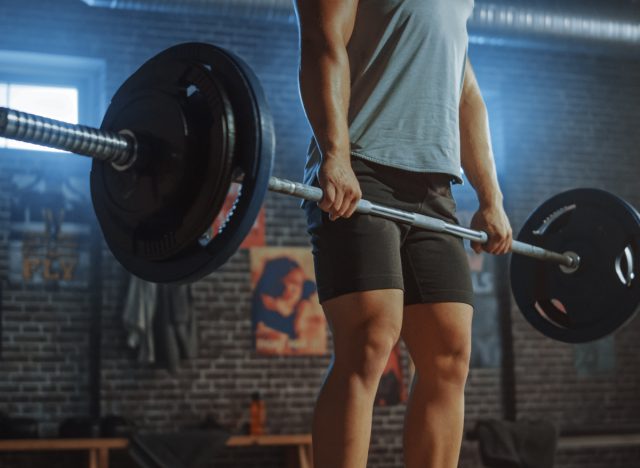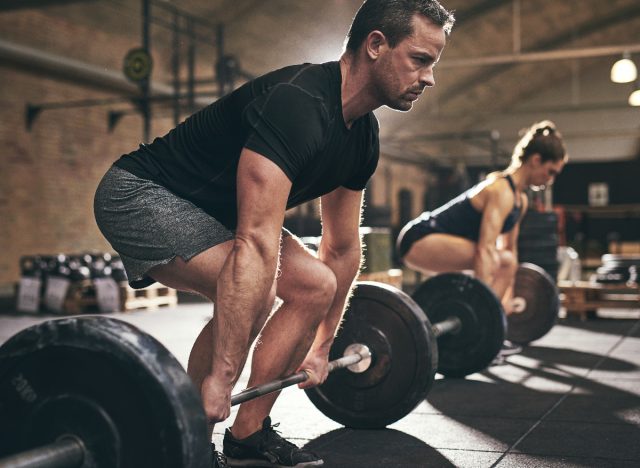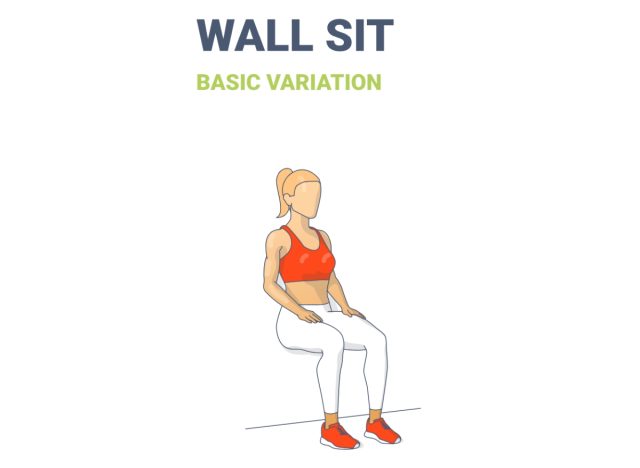Leg day is often the most dreaded yet rewarding part of any fitness regimen. Testing your leg strength isn’t just about showing off—it’s about understanding your body’s capabilities, tracking progress, and ensuring balanced development. If you’re looking to gauge just how powerful your lower body is, you’re in the right place. I’ve rounded up six drills to test your leg strength so you can know exactly where you stand.
Lower-body strength workouts are essential for a well-rounded fitness routine. They enhance muscle mass and endurance and improve overall stability, mobility, and athletic performance. Lower-body strength is crucial for daily tasks and high-intensity sports. Plus, strong legs can help prevent injuries by providing a solid foundation for movement.
Ready to put those legs to the test? I’ll share six awesome drills challenging your leg strength and power in this article. From classic lifts to isometric holds, these exercises will give you a comprehensive understanding of your lower body prowess. Let’s dive in and see what those legs are made of!
Importance of Training Experience and Safety


Before we get into the drills, it’s vital to stress the importance of proper training experience and safety measures. Testing your leg strength can be intense, and you risk injury without the correct technique and preparation. Always warm up thoroughly before attempting any of these tests, ensure you understand the exercise form, and, if possible, have a spotter or trainer nearby to assist you.
Keep in mind that it’s crucial to gradually build up to these tests. If you’re new to strength training, spend several weeks focusing on foundational exercises to build a base level of strength and technique. This preparation will help you perform better and keep you safe during testing.
How Often and Why You Should Test Your Leg Strength


Testing your leg strength should ideally be done every 12 to 16 weeks. This timeframe allows adequate training cycles to make meaningful progress without risking overtraining or burnout. Regular testing helps you track your improvements, set realistic goals, and adjust your workout program based on your strengths and weaknesses. It also adds a motivational boost as you see tangible evidence of your hard work paying off.
Drills to Test Your Leg Strength
Drill #1: 1 Rep Max Back Squat
How to Do It:
- Warm up thoroughly with lighter weights.
- Gradually increase the weight, performing single reps with adequate rest in between.
- Aim for a full-depth squat, where your hips drop below your knees while keeping your chest up and back straight.
- The heaviest weight you can lift for one rep with good form is your 1 rep max.
The 1 rep max back squat is the gold standard for testing lower-body strength. It engages your quads, hamstrings, glutes, and even your core. A heavy back squat tests raw leg power and your ability to stabilize and control the weight, providing a comprehensive measure of lower-body strength.
Drill #2 1 Rep Max Deadlift
How to Do It:
- Warm up with lighter weights, focusing on form.
- Gradually add weight and perform single reps, ensuring proper technique.
- Keep your back flat and chest up, and engage your glutes and hamstrings as you lift.
- The maximum weight you can lift for one rep with good form is your 1 rep max.
The deadlift is a potent move that targets the entire posterior chain, including your hamstrings, glutes, and lower back. It’s an excellent test of overall strength and power. A strong deadlift indicates powerful legs and a strong, resilient core and back.
Drill #3 Vertical Jump
How to Do It:
- Stand next to a wall or use a vertical jump-measuring device.
- From a standing position, jump as high as possible, reaching with one hand to mark your highest point.
- Measure the distance between your standing reach and your jump reach.
The vertical jump is a direct measure of explosive leg power. It assesses your ability to quickly generate force, which is crucial for athletic performance in basketball and volleyball. It’s a simple yet effective way to gauge your lower body’s explosive strength.
Drill #4 Broad Jump
How to Do It:
- Stand behind a starting line with your feet shoulder-width apart.
- Swing your arms back and bend your knees, then explosively jump forward as far as possible.
- Measure the distance from the starting line to the back of your heels.
The broad jump tests your explosive power and forward propulsion. It engages your quads, hamstrings, glutes, and calves, clearly showing your leg strength and coordination. It’s beneficial for sports requiring quick, powerful movements.
Drill #5 Wall Sit


How to Do It:
- Lean against a wall and slide down until your thighs parallel the floor, knees at a 90-degree angle.
- Hold this position for as long as possible, timing your effort.
The wall sit is a fantastic isometric exercise that tests muscular endurance in the quads, hamstrings, and glutes. It challenges your ability to maintain a static contraction, which is essential for overall muscle endurance and stability.
Drill #6 Split Squat Isometric Hold
How to Do It:
- Position yourself in a split squat stance, with one foot forward and the other behind.
- Lower yourself into a squat until your back knee is above the ground.
- Hold this position as long as possible, then switch legs and repeat.
The split squat isometric hold tests your balance, stability, and muscular endurance. It isolates each leg, revealing any strength imbalances and ensuring both sides of your body are equally strong. This exercise also engages your core and helps improve lower-body stability.











